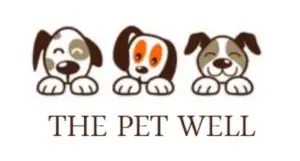Schnoodle Ownership Pros And Cons – Complete Ownership Guide
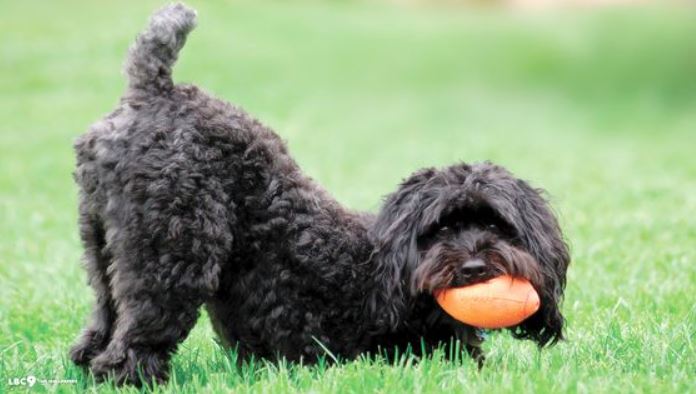
Historically, human-dog ancestor relations originated as a mutualistic relationship between hunter-gatherers and tame grey wolf individuals who would dare go near settlements.
In return for companionship and hunting assistance, the wolf would be given safety and food at the cost of the animal’s dependence.
Today, the success of breeding dogs’ characteristics to our modern needs are rarely more perfectly exemplified than in the case of the Schnoodle.
Known for its loyalty and intelligence as well as playful and calm nature, this dog thrives off its middle-class masters and provide it with the same love and companionship its ancestors did so many years ago.
Cute and compact as well as smart and friendly, if the ultra-modern urbanized human came with a best friend it would probably be the Schnoodle.
Originating from North America in the early 1990s as a cross between a Poodle and a Schnauzer, this curly creation has crept into the hearts of humans across the globe.
Its humble nature and modest size establish it as the perfect pet for the apartment living middle class of society.
With wavy white fur ranging from snow white, grey, apricot beige (and occasionally black), this breed is relatively easy to groom and train in a wide range of suitable environments.
Their smart and eager nature means that they can be acclimatised to life on the road, certain owners have succeeded in keeping these pets in motor homes.
It is worth mentioning that because of the animal’s capacity to learn and engage in intelligent training, it can become dissatisfied if not treated with the appropriate love and attention.
A clean environment in terms of food and water bowls and resting place is crucial if you are considering keeping the pet in a space that is relatively small.
That being said, when these requirements are met these animals should make charming and valued members of a family especially with children (of all ages).
Because of their docile nature and their ability to learn quickly, they make excellent partners for parents who are looking to expose their young children to dogs at the youngest age possible.
Schnoodle Overview Table
| Size | A small to medium-sized dog, with quite a large variation in size.
Weight: 6-34 kg Height: 24-64cm |
| Coat | A medium-length coat that has anything from a naturally wavy pattern to a coarser curly hair type. The beard hair requires cleaning regularly after feeding. |
| Personality | Energetic, yet friendly animals with an innate sense of being a guardian. Can potentially inherit the Schnauzer parent’s trademark curiosity. |
| Temperament | Docile and very friendly. |
| Tendency To Bark | The breed has a relatively low tendency when compared to other breeds of similar sizes, yet an antisocial or unhappy environment will undoubtedly lead to barking or wailing |
| Family Dog | 5/5
A teddy-bear like appearance with a small unthreatening aesthetic, these clever canines make the perfect first pet for the responsible beginner. |
| Guard Dog | 2/5
Loyalty and friendship may be its strong suites, whereas its guard dog capabilities are unfortunately limited due to its docile and friendly nature. |
| Intelligence | For their size and lifespan, these animals have an impressive ability to learn and be trained. |
| Shedding Level | Low to intermediate. Annual shaving and grooming treatments are advisable during the hottest months of the year to ensure the comfort of the animal (especially if kept in a warm or tropical climate) |
| Exercise Needs | This breed is known to be very well adapted to apartments and small flats, yet it is thus up to the owner(s) to spend daily time with the animal either by taking it for walks or playing with toys inside of the house. This breed should not be considered if the owner is unable to spend daily time on exercise. |
| Health Issues | Although this breed was bred in an attempt to minimize the negative effects of inbreeding depression, the Schnauzer genes are known to be carriers of genetic diseases associated with hormone deficiencies (Addison’s disease) as well as potential epilepsy. Veterinary testing and checks should be able to eliminate cause for concern. |
| Life Expectancy | This breed has many variable traits including lifespan, which is anywhere from 10-15 years. |
| Price | Purebred Schnoodles can range anywhere between 2000 and 3000 USD. |
Pros Of Schnoodle Ownership
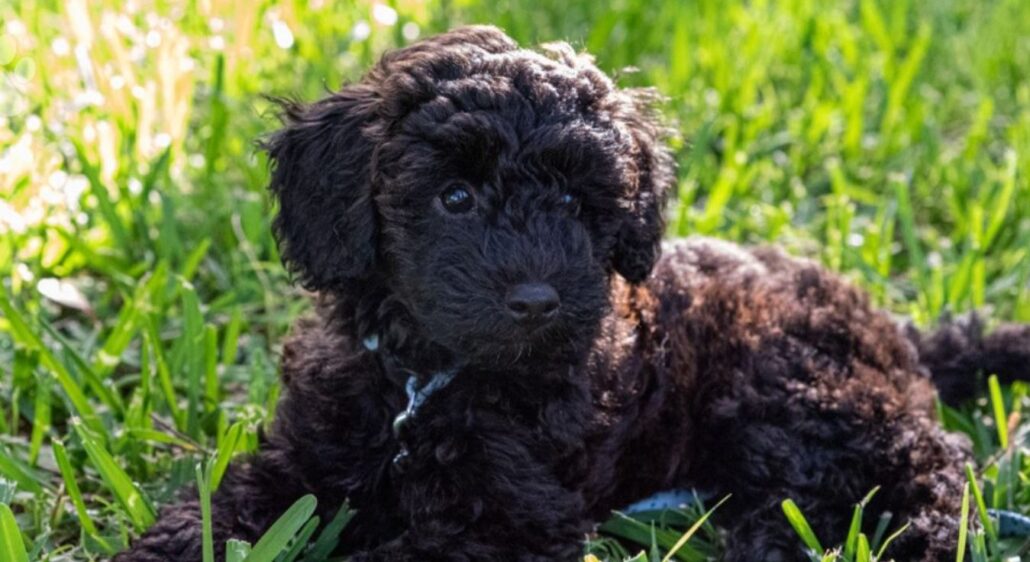
Aesthetics and Appeal (size and requirements)
Iconic and charismatic, from fashion icon to trusty mud peddler, this versatile and vivacious little animal is known for its deep dark massive, marbled eyes nested in soft wavey fur and an adorable, bearded feature in most specimens.
This cheerful breed is such a family favourite thanks to its adorable almost cartoon-like features. The light wavy fur combined with a very dark black nose and brown eyes makes for an unforgettably cute combination.
Weekly brushing with monthly bathing makes this a relatively low maintenance breed to care for. If a Schnoodle is raised in optimal conditions with the necessary nutrients and genetics, it may well exceed the maximum life expectancy of 15 years. Compared to its closely related cousin the poodle, the Schnoodle has a more manageable maintenance schedule when it comes to socializing.
As explained in this YouTube clip by Animal Guide the poodle breed requires a bigger financial investment to maintain its coat and supplement the necessary nutrition for it. The poodle is also better suited to older children because of its energetic nature whereas Schnoodle breeds are well known to be excellently suited to humans of virtually all ages.
Good temper and high intelligence mean they are great for families and beginners
As with all animals, adult supervision is always required when infant humans interact with animals. No amount of kind-natured genetic predisposition can account for random variables in situation and behaviour.
The breed is known to be less aggressive towards children when compared to other breeds of similar size and life expectancy. They have the capacity to form bonds with not only humans but other dogs and pets, as long as it receives its fair share of resources and attention from the owner. With this intelligence comes the ability to be trained and taught basic commands and communications.
As a beginner pet owner, this dog would serve as an ideal partner to learn lessons with on the journey of pet ownership. Successful owners are known to have dogs who can obediently walk on a leash, greet people politely as well as respond to basic name commands.
As one contemplates keeping one of these dogs, space does need to be considered. If there is no back garden for the dog to roam in, several walks per week could be necessary to sustain the social and physical needs of the animal.
Low maintenance with added hypoallergenic features
This dog is a perfect choice for owners who suffer from allergies.
Although no dog breed is truly hypoallergenic, the properties of the Schnoodle coat make it relatively easy to keep in shape, which will result in minimal shedding and consequently fewer allergic reactions.
Weekly brushing would keep most shedding at bay and shaving is advisable when the heat becomes a problem for the animal.
Few coats in the breed are completely uniform in colour, meaning that each specimen often ends up with a unique mix of white, apricot, beige, and darker colours.
Because of the furry characteristics around the mouth and skirts of the animal’s sides, it is necessary to wash the animal in a water bath with dog shampoo at least once a month to rid it of any hardened dirt material which may cause hygiene problems later.
Cons of Schnoodle
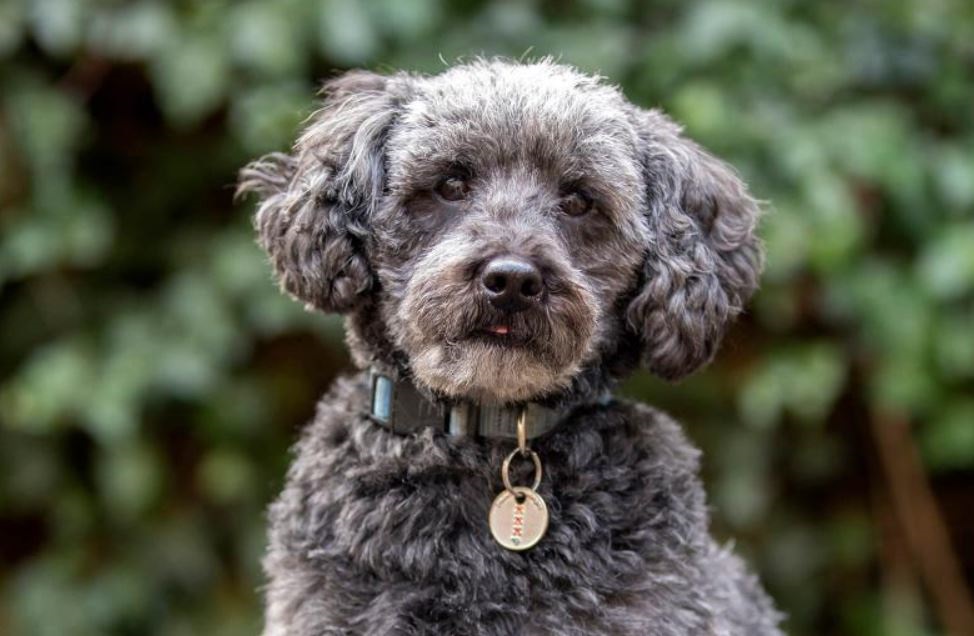
Issues with attitude and early development
The potential for this breed to become a loving family member lies in the treatment of the animal during the crucial early years of life and/or ownership.
These dogs have been known to have certain impatient qualities in their early training phases, which should simply be treated with affection to overcome.
Although these breeds can adapt to limited spaces and relatively small sheltering, they still require daily exercise and the more time there is made for playing in the early years, the happier your animal is sure to grow up.
Obedience and training potential will also be realised early in the dog’s life, but with proper knowledge and daily attention, this animal can easily be turned into a friend for life.
Considering how things could go wrong, if the dog’s requirements are not met socially and physically, the dog runs the risk of being overweight and depressed.
Dogs’ health and their mental states are incredibly interdependent as well with hygiene being a key factor for both.
These dogs need a clean environment with sufficient toys and opportunities to exercise via walking or playing. Some creative owners have successfully trained these dogs to use treadmills to meet their pets’ physical needs in a creative way with limited space.
As for guard dog qualities, the loyalty and friendly attributes are where it ends so to speak. Thus, their docile nature makes them ineffective guard dogs.
Grooming, Cleaning, and other expenses
The incredible significant emotional and otherwise indescribable reward of being an owner to one of these bundles of joy should come at the responsible price of intense financial and temporal investment.
The facts are that these animals are prone to diseases that require expensive medical treatment in their later stages of life.
This animal requires more than a decade of affection, social interaction and significant financial investment into proper nutrients and socializing.
If one cannot meet that responsibility for the span of 10 to 15 years, then acquiring this animal should not be a decision lightly made.
Getting the animal as someone who, for example, has a full-time job with no partner, would create an environment where the animal is unattended for most of its everyday life, which will undoubtedly lead to an unhappy animal. You should consider how much time and money you are willing to invest before purchasing or adopting this animal from a reputable source.
More tips and fun facts
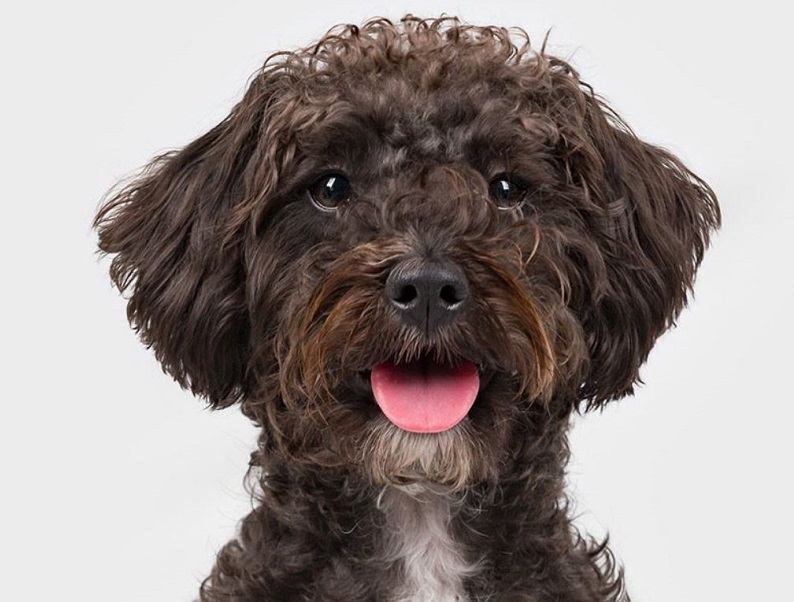
For prospective owners who wish to have their Schnoodle enter dog contests one day, it is worth noting that because of its crossbreed status, the Schnoodle does not get recognition from the American Kennel Club, it can, however, be registered as a hybrid at the American Canine Hybrid Club.
Like most modern breeds, the true origin of this crossbreed has been somewhat of a mystery.
The first known Schnoodles were bred at the turn of the century in a trending phase of more affordable, less disease-prone dogs becoming popular.
Today, however, they are known for their general good health if given the correct amount of attention and resources.
Although these animals are known to be well adapted and well suited to homes such as apartments and flats, these animals would greatly benefit from having garden space to interact with.
This would reduce the need for the owner to engage with the animal on a daily basis as it would have space to play in and explore. All things considered, dog walks are always recommended.
Conclusion
The most energetic lovable dog has been bred for urban humans by urban humans. This dog has massive potential for return on investment.
With an impressive intellect and eager attitude towards training, the young Schnoodle can be coached and made into a friendly member of a loving home.
Whether it be as a foster dog, old adoption or brand-new pup, this is an easy to love breed with many lovable qualities.
Easy to please and train, if the correct amount of love and attention combined with responsible ownership, the Schnoodle represents our most modern version of modern man’s best friend.
